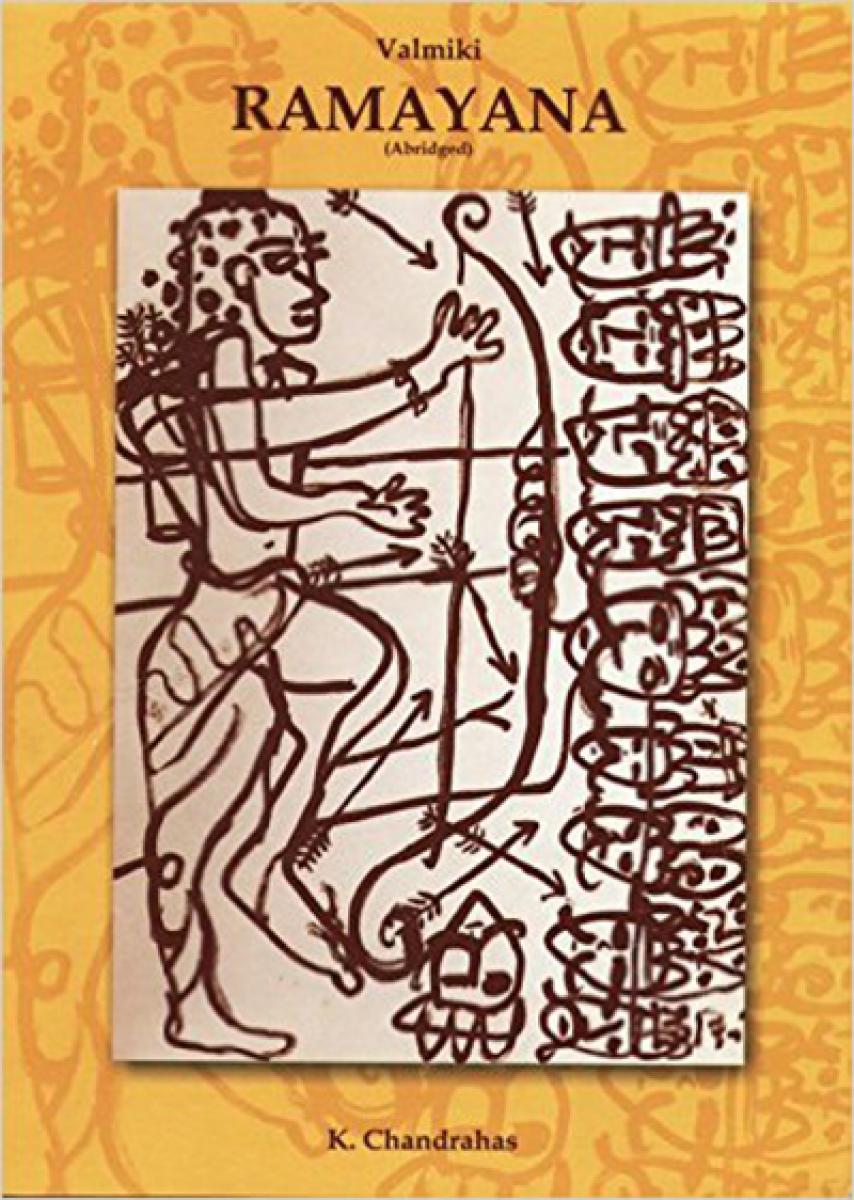Live
- Infighting again erupts in Trinamool on chair of West Bengal Medical Council
- Maha: Candidate, poll worker and voter die as skirmishes, stray violence mar peaceful voting
- Rajnath Singh Meets Chinese Defence Minister Dong Jun In Vientiane Amid Border Disengagement Developments
- Stalin Urges Jaishankar To Secure Release Of 14 Indian Fishermen Detained By Pakistan Navy
- 13-Year-Old Girl Raped By Three Men Out On Bathroom Break
- Sivaji launches lyrical song ‘Vassahi Vassahi’ from ‘Mr Idiot’
- Mohanlal and Mammootty unites after two decades
- ‘Sankranthiki Vasthunnam’ locks release date
- How Individuals Can Contribute to Environmental Conservation Efforts and Make a Difference
- Smart Logistics: Leveraging AI for Real-Time Decision Making and Route Optimization





 The story of Ramayana has been subject to changes by authors, yet the beauty, rhythm and precision of Valmiki’s Ramayana are unmatched
The story of Ramayana has been subject to changes by authors, yet the beauty, rhythm and precision of Valmiki’s Ramayana are unmatched



